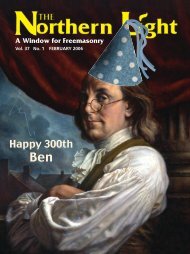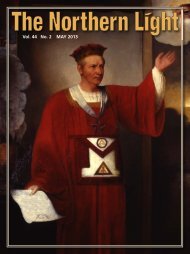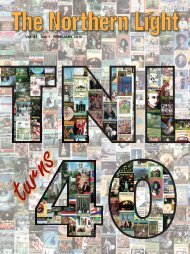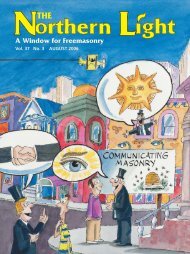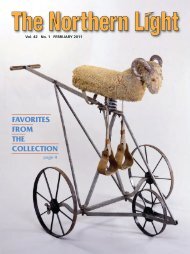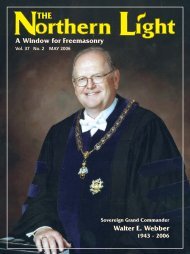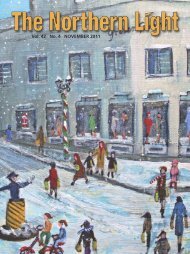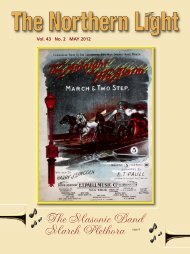The Degree Rituals The Supreme Council, 33 ... - Scottish Rite, NMJ
The Degree Rituals The Supreme Council, 33 ... - Scottish Rite, NMJ
The Degree Rituals The Supreme Council, 33 ... - Scottish Rite, NMJ
Create successful ePaper yourself
Turn your PDF publications into a flip-book with our unique Google optimized e-Paper software.
26 <strong>The</strong> <strong>Degree</strong> <strong>Rituals</strong><br />
Who Serves God Best? — <strong>The</strong> Ninth <strong>Degree</strong><br />
<strong>The</strong> ritual of the 9°, as it appeared in the Francken Manuscript, followed<br />
the usual pattern of early <strong>Scottish</strong> <strong>Rite</strong> rituals — a ceremonial opening and<br />
reception, the obligation and investiture, and a long explanatory lecture. <strong>The</strong><br />
theme was derived from the Hiramic legend exemplified in the symbolic<br />
lodge, in particular, the murder of Hiram Abif and the ensuing pursuit of the<br />
assassins. <strong>The</strong> lesson was a forbidding admonition on vengeance and the<br />
breach of an obligation.<br />
Subsequent rituals made various refinements on the Francken ritual, including<br />
a dramatization of the selection by lot of nine craftsmen who were to<br />
pursue the assassins; hence the title of the degree, “Master Elect of Nine.”<br />
(Pike’s variation on this was “Knight Elu of Nine.”) Such was the form of the<br />
ritual of 1871, the first to be approved by the <strong>Supreme</strong> <strong>Council</strong> for the 9°<br />
after the Union of 1867. It remained substantially unchanged for nearly a century,<br />
until the first of a succession of tentative rituals was introduced in 1965.<br />
<strong>The</strong> criticism written in 1943 by McIlyar Lichliter was but one expression<br />
of dissatisfaction with the rituals of the 9° and 10°, both of which were based<br />
on the same theme, pursuit of the assassins of Hiram Abif. In addition to the<br />
issue whether this theme provided an appropriate basis for the moral lessons<br />
to be exemplified in two degrees of the <strong>Scottish</strong> <strong>Rite</strong>, the version of the Hiramic<br />
legend portrayed in the degree ritual was at variance with that exemplified<br />
in the symbolic lodge, despite the fact that the latter was part of the<br />
experience of every Freemason and the very reason why the legend was the<br />
theme of the two rituals.<br />
Consequently, over a period of 15 years commencing in 1965, three successive<br />
tentative rituals were prepared for both the 9° and the 10°. <strong>The</strong> primary<br />
author of these efforts was Ill. William H. Cantwell, <strong>33</strong>°, Active<br />
Member for Delaware, a member, and for a time chairman, of the Committee<br />
on <strong>Rituals</strong>. <strong>The</strong> culmination of Cantwell’s work was a combination ritual for<br />
the 9° and 10°, the tentative ritual of 1980. This was a logical step, as for<br />
many years it had been customary to present both degree rituals in conjunction<br />
as a continuous performance.




